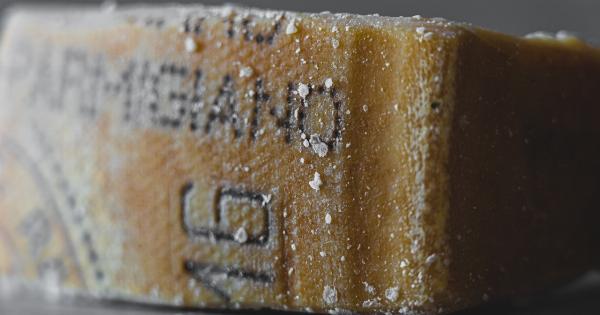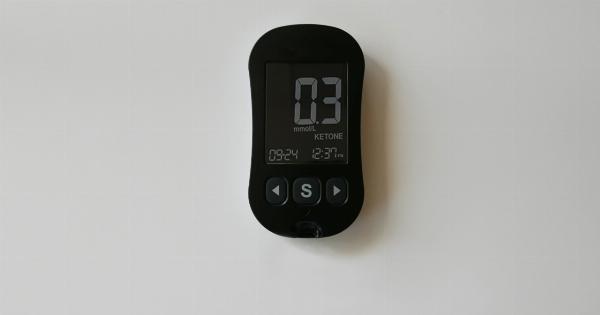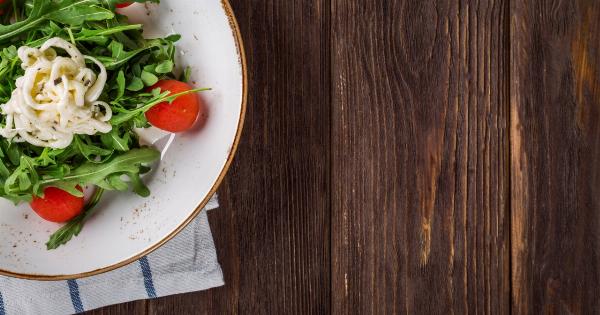High sodium intake is a widespread concern due to its association with various health problems. Excessive sodium consumption has been linked to increased risk of high blood pressure, heart disease, stroke, and other conditions.
While the body requires some sodium for proper functioning, it is important to be aware of the foods that contribute the most sodium to our diets. In this article, we will explore some of the foods with the highest sodium content and provide tips for reducing sodium intake.
The Importance of Monitoring Sodium Intake
Sodium is an essential mineral that helps regulate fluid balance and muscle contractions in the body. However, most people consume far more sodium than they actually need.
According to the American Heart Association, the recommended daily intake of sodium for the average adult is no more than 2,300 milligrams (mg), which is roughly a teaspoon of salt. Individuals with hypertension, African Americans, and middle-aged and older adults should aim for even lower intake, no more than 1,500 mg per day.
Top 10 Foods High in Sodium
1. Processed Meats: Deli meats, bacon, sausages, and hot dogs are notorious for their high sodium content. Just a few slices of deli meat can easily contain more than 1,000 mg of sodium.
2. Canned Soups: Many commercially available soups, especially condensed versions, have a significant amount of sodium. Some cans can contain over 1,000 mg of sodium per serving.
3. Salted Snacks: Potato chips, pretzels, and salted crackers are delicious but can pack a punch with their sodium content. A small bag of potato chips can easily contain around 200-300 mg of sodium.
4. Pickled Foods: Pickles, olives, and other pickled vegetables are often brined in a solution containing a high amount of salt. These foods can quickly add up to your daily sodium limit.
5. Cheese: While cheese is a good source of calcium and protein, it can also be high in sodium. Some varieties, like blue cheese and feta, can contain up to 400 mg of sodium per ounce.
6. Fast Food: Many fast food meals are notoriously high in sodium. Big burgers, fries, and other fried items, as well as condiments, can contribute to a significant sodium intake in a single meal.
7. Frozen Dinners: Pre-packaged frozen dinners, including meals marketed as “healthy” or “diet” options, often contain a substantial amount of sodium to enhance flavor and increase shelf life.
8. Sauces and Condiments: Soy sauce, Worcestershire sauce, ketchup, and other condiments can add a surprising amount of sodium with just a small serving. It is important to read labels and opt for low-sodium versions when available.
9. Bread and Bakery Products: Many bread and bakery items, such as bagels, croissants, and even some whole-grain bread, can contain a significant amount of sodium. Always check for low-sodium options when purchasing baked goods.
10. Canned Vegetables: While vegetables are generally healthy, some canned versions may contain added salt for preservation purposes. Opt for fresh or frozen vegetables whenever possible, or choose low-sodium canned varieties.
Tips for Reducing Sodium Intake
Reducing sodium intake can be challenging, but these tips can help make it easier:.
– Cook at home using fresh ingredients and limit the use of processed foods.
– Read labels carefully and choose low-sodium or sodium-free options when available.
– Experiment with herbs, spices, and other flavor enhancers instead of salt to season your food.
– Rinsing canned foods like beans or vegetables can help reduce their sodium content.
– Control portion sizes and avoid oversized servings of high-sodium foods.
– Choose fresh fruits and vegetables, as they are naturally low in sodium and high in other beneficial nutrients.
– Be mindful of condiments and sauces, as they can contribute a significant amount of sodium to your meals.



























